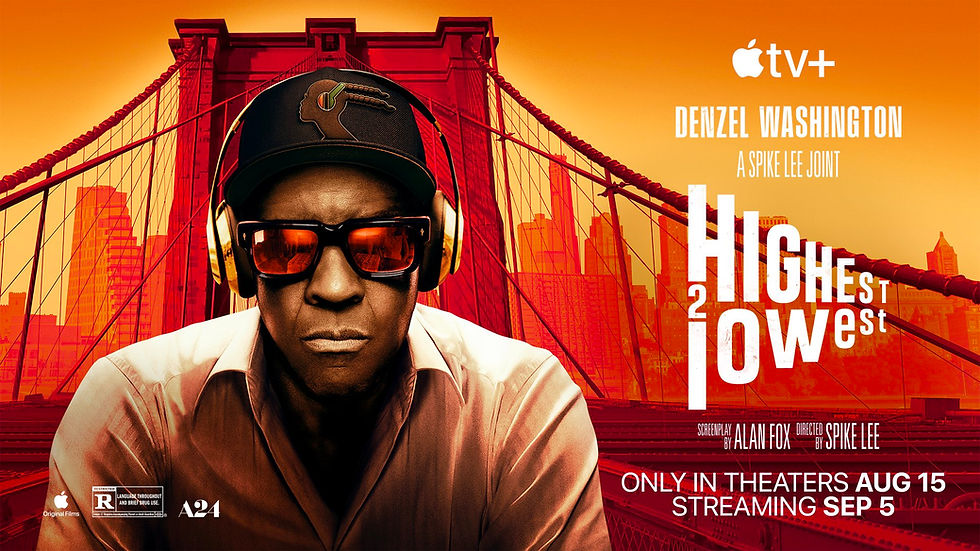1917 Review
- Louis Saddler
- Jan 10, 2020
- 3 min read

War-based movies have become almost paint by numbers recently. You’re usually going to get a film set in World War II with an occasional release focusing on the more recent wars in Iraq or Afghanistan with a pre-war introduction to the main character(s) followed by a focus so broad on its respective war that feels more like reading an encyclopedia entry than watching a movie. Thankfully, 1917 is a departure from that pattern. Set in the rarely used in film World War I, 1917 is the story of two young British soldiers who are sent on a suicide mission to travel through one of the war’s battles to deliver a message warning another British company of an impending German ambush before they walk into it. While it will take a good bit of the film’s almost 2-hour runtime to know if that mission was accomplished, it will take you a fraction of that time to realize you’re watching something special.
Generally, the talk about stars of a film refers to the acting talent. However, it’s the off-camera trio of director-writer Sam Mendes, co-writer Krysty Wilson-Cairns, and cinematographer Roger Deakins who deserve the star moniker for their work in making 1917 arguably one of the most immersive war films ever. Using stories told by Mendes’s grandfather from his experiences a 17-year old solider in World War I, the script Mendes and Wilson-Cairns wrote keeps its focus on the two young soldiers instead of going the broader route of trying to capture every aspect of the war. That decision establishes an intimacy in the film that did not leave any room for scenes that would not move the plot forward. This type of script lends itself to the other high point of the film – the cinematography. Expanding on the opening scene in Mendes’s 2015 James Bond film, Spectre, he and Deakins filmed 1917 entirely in the single shot style. The shots for this style are edited to appear as one continuous take with no breaks between scenes, which fits 1917 perfectly because it provides a viewing experience that gives the film an intense, real time quality that feels as if you’re next to the soldiers as they progress through the mission. Additionally, it enhanced the fast pace needed to effectively show the film’s subject is a race against time and not an exploration of battlegrounds.
The acting in 1917 is solid but not spectacular. George McKay and Dean-Charles Chapman both do a good job of providing the mix of urgency and youthful energy you would expect from two young soldiers who know they’re in a war but whose minds tend to wander from that fact, but McKay ultimately stands out as the film progresses. The film’s more well-known talents such as Colin Firth and Benedict Cumberbatch have what amounts to a few minutes of screen time that are important to the film’s story but nothing worth noting overall.
1917’s offers a welcomed fresh approach to the war-based film genre that gives it the feel of an actual story instead of the history lesson its predecessors have been. The Mendes-Wilson-Cairns-Deakins trio deviated from the usual elements of a war-based film in favor of a singularly-focused story and incorporating the single shot style to make a film that will not only entertain history buffs and novices alike but also fully immerse them into the mission at hand. I absolutely encourage you to run to the theaters for this one and spend the extra money to view it in a premium format if possible.



Comments